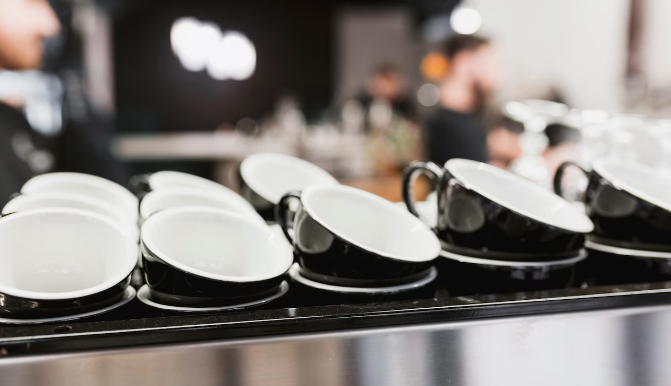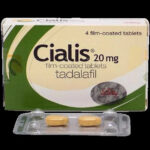Creating a diverse menu is an exciting challenge for any chef or home cook. It requires creativity, skill, and the right kitchen equipment to bring a variety of dishes to life. The tools you choose can significantly impact not only the efficiency of your cooking process but also the quality of the final product. In this article, we’ll explore how to select the right kitchen equipment to accommodate a diverse menu, ensuring you’re well-equipped to handle any culinary adventure.
Understand Your Menu Needs
Before diving into specific tools, it’s crucial to analyze your menu. Consider the following aspects:
- Cuisine Types: Are you preparing Italian pasta dishes, Asian stir-fries, or classic American comfort food? Each cuisine often requires specific tools to achieve authentic flavors and textures.
- Cooking Techniques: Different techniques—such as baking, grilling, sautéing, and sous vide—call for specialized equipment. Understanding the methods you’ll use will guide your selection.
- Volume of Production: If you’re cooking for a large group, you may need larger or multiple pieces of equipment to ensure efficiency and consistency.
Essential Kitchen Equipment Categories
1. Cooking Appliances
The right cooking appliances are foundational for any kitchen. Here are key considerations:
- Stove and Oven: A versatile range with both gas and electric options can cater to a variety of cooking methods. Consider models with multiple burners for simultaneous cooking.
- Specialty Appliances: If your menu includes specific items, such as pizzas or pastries, you might want specialized equipment like a pizza oven or a convection oven for even baking.
2. Cutting Tools
Quality cutting tools are essential for food prep across diverse cuisines. Here’s what to consider:
- Chef’s Knife: A good chef’s knife is a must-have for slicing, dicing, and chopping various ingredients. Look for one that feels comfortable in your hand and balances well.
- Specialty Knives: Depending on your menu, you may need additional knives, such as a fillet knife for fish or a serrated knife for bread.
- Cutting Boards: Having a variety of cutting boards (wood, plastic, and bamboo) helps in maintaining hygiene and ensures you have the right surface for different ingredients.
3. Prep Tools
Prep tools play a significant role in efficiency and speed, especially when working with diverse recipes. Consider the following:
- Food Processors: These machines can chop, slice, and puree a range of ingredients, saving you time on prep work for soups, sauces, and dips.
- Mandolins and Graters: For finely sliced vegetables or cheese, mandolins and box graters can provide uniformity and speed, essential for many dishes.
4. Cookware and Bakeware
The type of cookware and bakeware you use can affect the outcome of your dishes:
- Pans and Pots: Invest in a variety of sizes and types, including non-stick skillets, stainless steel pans, and Dutch ovens. Each serves a unique purpose, from sautéing vegetables to slow-cooking stews.
- Baking Dishes: If your menu includes baked goods, having a selection of pans (such as loaf, muffin, and pie dishes) is essential. Silicone bakeware can also be beneficial for easy release.
5. Storage Solutions
Effective storage solutions keep your kitchen organized and your ingredients fresh:
- Food Storage Containers: Investing in airtight containers helps in keeping ingredients fresh and can also aid in meal prep and organization.
- Labeling Systems: Proper labeling ensures you can quickly find what you need, making your kitchen more efficient, especially when working with a diverse menu.
6. Garnishing and Presentation Tools
For dishes that require an artistic touch, having the right tools for garnishing and presentation can elevate your menu:
- Piping Bags and Tips: Perfect for decorating desserts or plating sauces, these tools allow for creativity and precision.
- Tweezers and Tongs: Useful for plating delicate items, these tools help create visually appealing presentations that enhance the dining experience.
Quality Over Quantity
While it may be tempting to purchase an extensive range of tools, it’s often more effective to focus on quality. High-quality kitchen equipment tends to last longer, perform better, and provide more consistent results. Investing in essential, versatile tools allows you to tackle a wider variety of dishes without overcrowding your kitchen.
Maintenance and Care
Once you’ve selected your kitchen equipment, proper maintenance is key to longevity and performance:
- Regular Cleaning: Keep your tools clean and free from food residue to ensure optimal functionality and hygiene.
- Sharpening Knives: Regularly sharpen your knives to maintain their effectiveness, making food prep safer and easier.
- Storage Practices: Store your tools properly to avoid damage. For example, use knife blocks or magnetic strips for knives to keep them sharp and accessible.
Conclusion
Selecting the right kitchen equipment for a diverse menu is essential for any chef or cooking enthusiast. By understanding your menu needs and investing in quality tools tailored to various cooking techniques, you can streamline your culinary process and enhance the flavors and presentation of your dishes. With the right equipment in hand, you’ll be well-prepared to tackle any recipe, impress your guests, and explore new culinary horizons. Embrace the adventure of cooking with the tools that empower your creativity and efficiency!
Check the latest article on Refrigeration Equipment!



